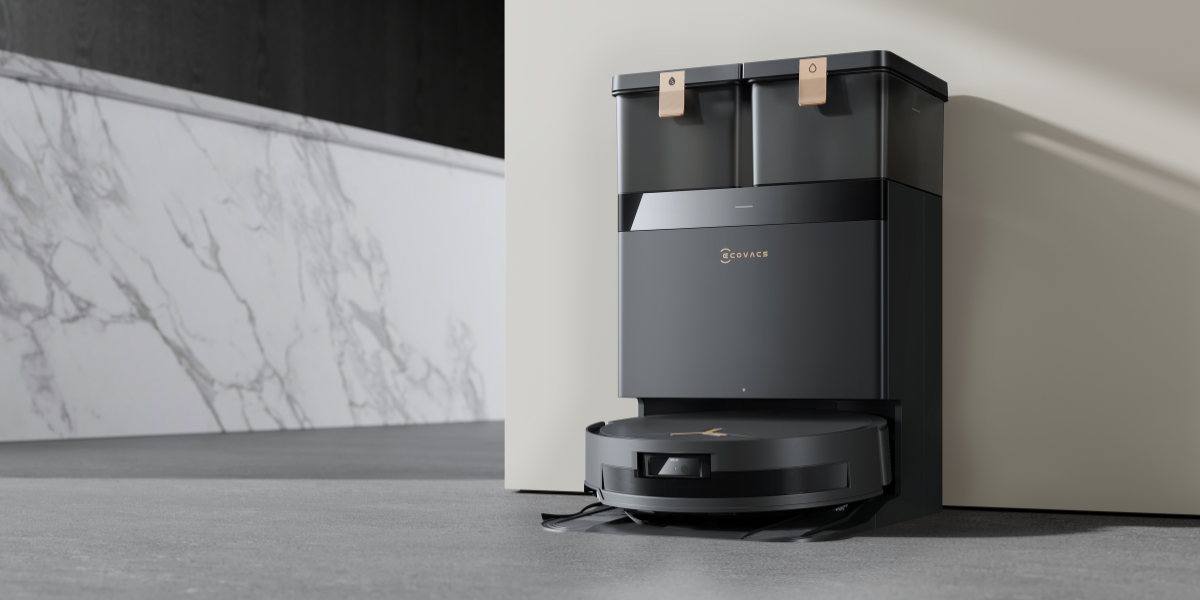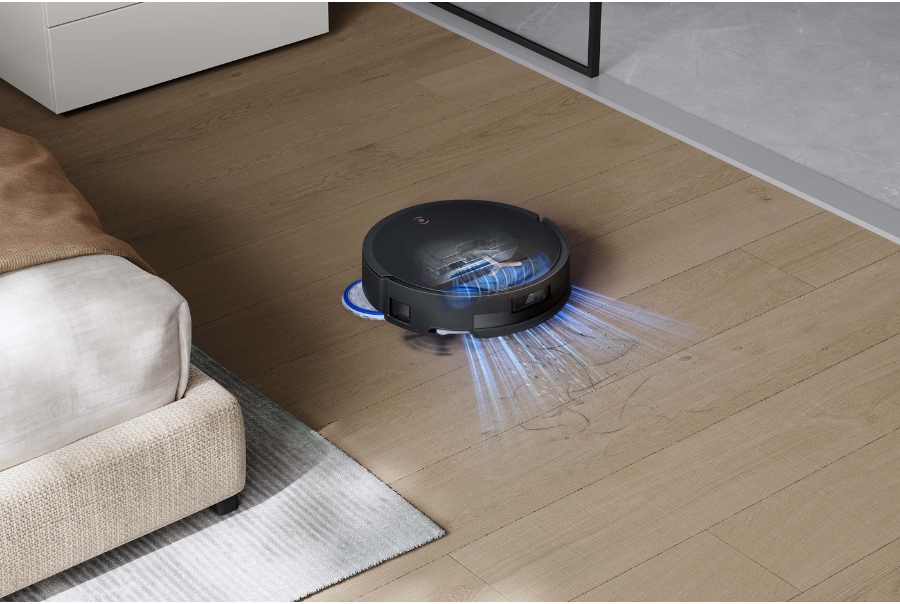How Often Should You Replace Your Vacuum?
2025-05-13

New vacuum cleaners with cutting-edge technology launch every year in Australia, and for many, it’s tempting to upgrade. Depending on usage frequency, air pollution, and build quality, a vacuum cleaner may wear sooner than expected.
For example, heavy use on carpets or frequent pet hair collection can drain battery life and shorten its lifespan. While a little TLC helps, you should also know how often you should replace your vacuum. Look for signs like reduced suction, odd noises or clogs to determine when it’s time for a new one.
How Long Do Vacuum Cleaners Last?
The average lifespan of a mid-range vacuum cleaner varies by type, brand and care. As a general guideline, canister vacuums typically last 10-15 years, while upright and stick vacuums typically last 5-12 years. Robot vacuums like DEEBOT robot vacuums can last 4–6 years or more with proper maintenance.
Usage habits, area size, and flooring, all impact how long vacuums last; for instance, frequent cleaning in large houses with pets and heavy foot traffic accelerates wear.
When to Replace Your Vacuum Cleaner?
You should replace your vacuum cleaner if it shows exterior damage, reduced suction, unusual noises, frequent clogs, or poor performance despite maintenance. Alternatively, if it no longer suits your lifestyle, say, adopting a cat and needing strong suction for pet hair control or integrating a smart home system requiring a compatible model, it’s time to upgrade.
Newer models offer advanced technology, including quieter motors, lighter designs and smart features. When comparing traditional vacuums and robot vacuums like DEEBOTs, the latter is popular with smart navigation, obstacle avoidance, app control, auto-empty docking stations, and scheduled cleaning.
6 Signs It's Time to Replace Your Vacuum
To plan for timely replacements, look for these six signs that signal it’s time to replace your vacuum: reduced suction power, strange noises or burning smells, spitting dust, difficulty turning on, frequent clogs and physical damage; especially if overall cleaning performance drops amid regular upkeep.

1. Reduced Suction Power
Loss of suction is normally the first sign you notice, indicating that the vacuum’s internal parts may be failing. When this happens, perform a thorough inspection for clogs, dirty filters, or a full dustbin, and clear or replace them as needed.
If suction power of the vacuum cleaner remains weak, it likely points to worn parts or a declining motor, and it may be time to consider a replacement.
2. Strange Noises or Burning Smells
Grinding, clicking, or loud noises could be scary, and it generally suggests mechanical issues in your vacuum, such as a worn motor, damaged belt, or loose parts.
Burning smells, on the other hand, indicate overheating or motor failure. Try swapping the belt or clearing debris on the roller brushes for troubleshooting; but if the odd sound or odours persists, you’ve got a deeper problem.
These signs most likely mean the lifespan of a vacuum cleaner is nearing its end.
3. Leaking Dust
Dust and debris are supposed to stay inside the dustbin and be fully sealed. If you notice otherwise, you should check the container and filters. Worn filters, broken seals, or cracked walls are common causes.
While cleaning the filters or repairing the cracks might provide a temporary solution, if dust leakage continues, the vacuum’s core systems can be compromised, which serves as a clear indicator that it is time to replace your vacuum cleaner.
4. Difficulty Turning On
Failing to turn on your vacuum? Or experiencing random shut-offs? These issues point to electrical faults like a worn switch, frayed cord, or overheating motor. For a temporary solution, check power connections, including the docking station contact, or replace the cord if possible.
Constant power issues with your vacuum, however, suggest deeper motor problems that require professional attention. When reliability falters, you may need to replace and upgrade to a dependable model.
5. Frequent Clogs
Dust, pet dander, and debris can build up and clog a vacuum’s brushes, hoses, and filters over time, remarkably hindering performance.
If clearing the clog doesn’t help, inspect for deeper issues like narrowed airflow paths, failing brush systems or weak suction. These are key signs that it’s time to replace your vacuum with a durable model that has better airflow design.
6. Physical Damage
As time goes by, you may notice cracks or broken wheels on your vacuum cleaner. Excessive vibration during vacuuming further indicates structural wear.
Whether it is due to long-term use, rough handling, or falling down stairs, you should swap out broken parts immediately, however, damage to the casing or motor housing is tougher to fix. When physical wear severely affects comfort or control, it’s a strong sign to buy a new vacuum.
Factors That Affect Vacuum Cleaner Lifespan
The lifespan of a vacuum cleaner generally depends on the frequency of use, quality of materials, and maintenance. Needless to say, homes with carpets, as well as those with pets or large families, tend to exhaust vacuums much faster due to increased debris and strain.
Meanwhile, scheduling your robot vacuum to run multiple times daily can also wear down the brushes, wheels, and motor quicker than those used only weekly. Cleaning and maintaining your vacuum, such as removing hair from the brushes, decluttering the filters, and emptying the dustbin, can effectively slow down wear.
Smart models like DEEBOT robot vacuums and mops even make it user-friendly by alerting users when certain parts need replacement. High-quality construction and regular care can extend the average lifespan of a vacuum cleaner to its full potential.
FAQ
How Often Should You Replace Vacuum Bags, Filters & Accessories?
Replace vacuum bags when full, typically every 1–2 months, depending on use and capacity. Filters need replacing every 3–6 months, or sooner for pet owners and allergy sufferers. Accessories like brushes wear out yearly with frequent use. Regular replacement helps maintain peak performance and extend your vacuum’s lifespan.
What Type of Vacuum Lasts the Longest?
Canister and stick vacuums typically last the longest, between 8 and 15 years. Robot vacuums and handheld models last 4 to 7 years with proper care, depending on usage and quality.
Should You Repair or Replace Your Vacuum?
You can repair parts with minor issues yourself, such as brushes, belts, or filters, which helps the vacuum run smoother and last longer. For major problems, such as motor failure, persistent clogs, or power issues, you can take it to the manufacturer for professional advice. Replacement is often cheaper than repairs if the vacuum is over 8 years old.
Related Products









